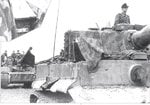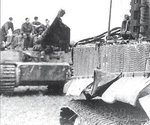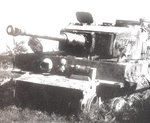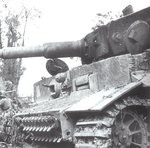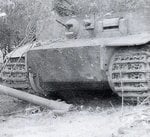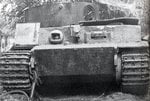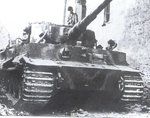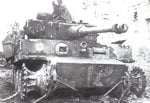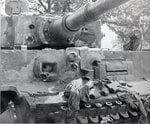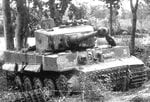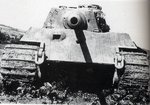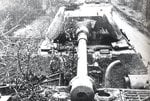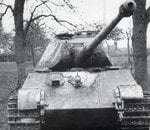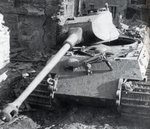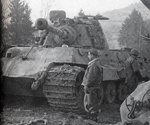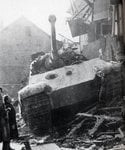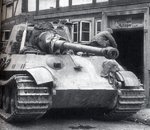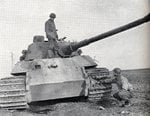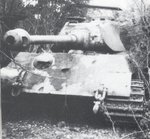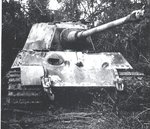It is claimed that 10+ hits were routinely shrugged off by Tiger tanks.
I did some digging and it is hard to find a Tiger from Normandy with any hits on the front
This is a sequence showing 3 Tigers of sPzAbt 503 waiting to cross the Seine in August. These Tigers had seen lots of action and thus 'should' be pock-marked with the claimed hits. However only the rear Tiger has a hit on it's front. One hit for 3 veteran tanks!
I did some digging and it is hard to find a Tiger from Normandy with any hits on the front
This is a sequence showing 3 Tigers of sPzAbt 503 waiting to cross the Seine in August. These Tigers had seen lots of action and thus 'should' be pock-marked with the claimed hits. However only the rear Tiger has a hit on it's front. One hit for 3 veteran tanks!



